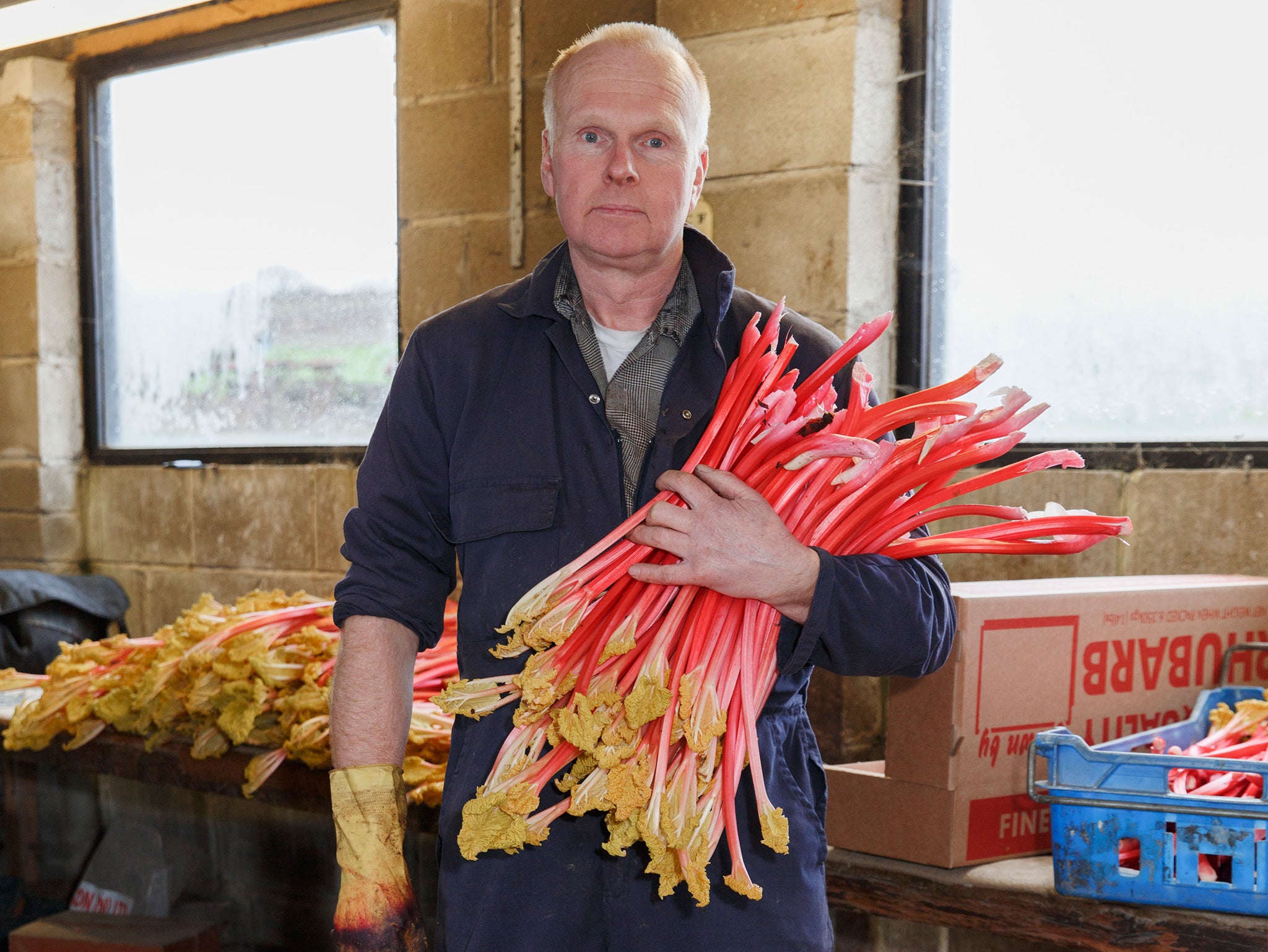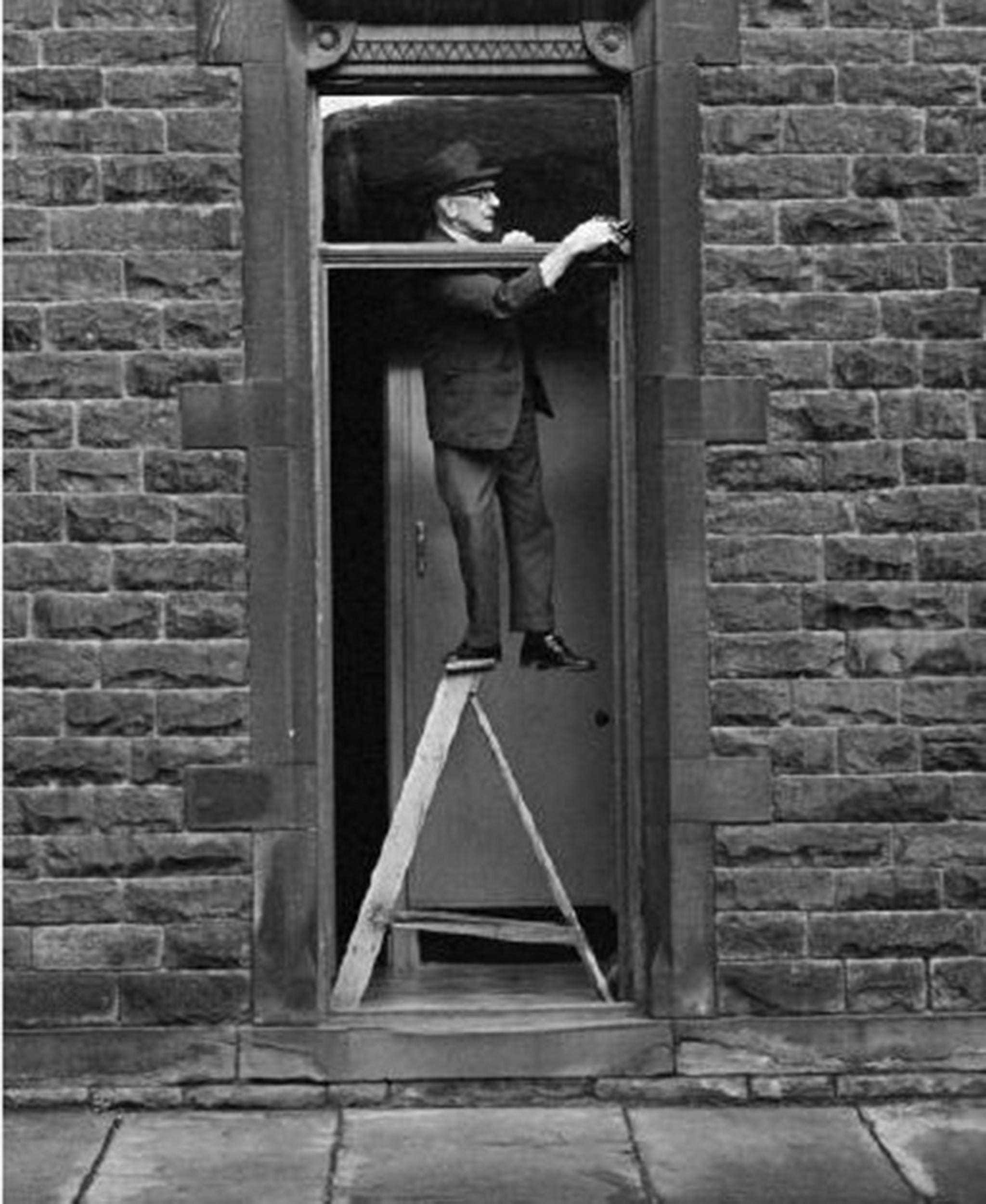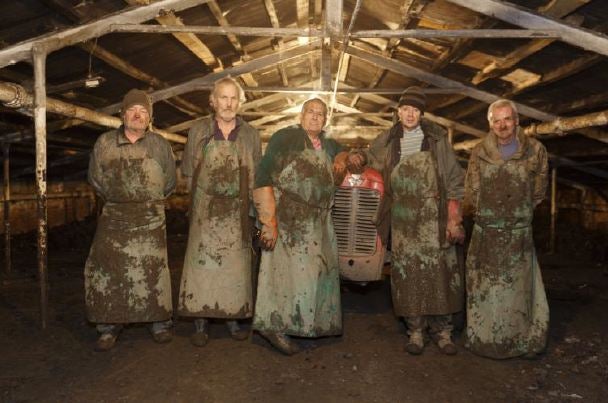The Rhubarb Triangle: Delicious plant's revival continues in Wakefield photography gallery
Production of forced rhubarb in West Yorkshire stretches back more than a century and since 2010 has enjoyed designated status under the European Commission’s Protected Food Name scheme

Your support helps us to tell the story
From reproductive rights to climate change to Big Tech, The Independent is on the ground when the story is developing. Whether it's investigating the financials of Elon Musk's pro-Trump PAC or producing our latest documentary, 'The A Word', which shines a light on the American women fighting for reproductive rights, we know how important it is to parse out the facts from the messaging.
At such a critical moment in US history, we need reporters on the ground. Your donation allows us to keep sending journalists to speak to both sides of the story.
The Independent is trusted by Americans across the entire political spectrum. And unlike many other quality news outlets, we choose not to lock Americans out of our reporting and analysis with paywalls. We believe quality journalism should be available to everyone, paid for by those who can afford it.
Your support makes all the difference.Rhubarb has enjoyed a revival in restaurants and kitchens across the UK recent years. The bright pink stalk is such a source of pride in West Yorkshire that the local Hepworth Wakefield is to immortalise the business in its gallery.
Acclaimed photographer Martin Parr has been commissioned to document the so-called “Rhubarb Triangle,” the stretch of land between the towns of Wakefield, Morley and Rothwell, famous for producing much of the UK’s early-forced rhubarb.
The Magnum photographer has taken 43 new pictures for a temporary exhibition called The Rhubarb Triangle & Other Stories, 10 of which will enter the Hepworth’s permanent art collection.
“He knew about the rhubarb before,” curator Samantha Lackey said. “I think he is fascinated by these kinds of ideas of British-ness, those connected to the past. And the rhubarb industry here was so successful. He knew about the history, he’s a collector of history and people all around the world.”
This forms the centre-piece of the first major retrospective of Parr’s work in the UK for 14 years which will include over 400 photographs from across his four-decade career.
Production of forced rhubarb in West Yorkshire stretches back more than a century and since 2010 has enjoyed designated status under the European Commission’s Protected Food Name scheme, putting it alongside champagne and Parma ham.

Parr’s shots capture the entire business, from the back-breaking work of lugging the vegetable from field to the 100-year-old shed, to the pickers’ traditional methods of harvesting the rhubarb by candlelight.
Dr Lackey said: “This documents an incredible successful industry, especially with the culinary resurgence in British ingredients. At the same time there’s the fear it could veer towards obsolescence if the climate changes mean they can’t grow it.”
The exhibition will also give visitors the opportunity to have their portrait done by Parr, though it will cost £300.
“Yorkshire not only produces wonderful rhubarb, it produces wonderful sculptors,” Simon Wallis, director of the Hepworth Wakefield, said yesterday [****TUESDAY****].
He announced that the museum was to launch a biennial prize in honour of the artist whose name it bears. The Hepworth Prize for Sculpture will be worth £30,000 and go to a British or UK-based artist who has made a significant contribution to contemporary sculpture.
It will impose no age restriction and the first winner will be announced in November 2016. It was set up, as Mr Wallis said, because “there isn’t a major prize for sculpture in this country”.

Mr Wallis also hailed a new bequest by Tim Sayer, a former BBC Radio 4 writer, featuring works by Henry Moore, Antony Gormley, Bridget Riley and David Hockney. The director said it would be “adding to the growth of our collection, which is such an intrinsic part of our identity”.
While the Hepworth Wakefield has seen 1.4 million visitors since its new premises opened in 2011, the collection started in the 1930s. Yet it has become increasingly difficult to build a collection given funding cuts for a gallery that does not have a separate purchasing fund.
“We are entirely reliant on philanthropic gifts and the money we raise from trusts and foundations,” he said.
Mr Sayer said all collectors “should be encouraged to contribute. If the government is not going to support the arts to the scale they should, then it’s increasingly important for people like me to get involved.”
Join our commenting forum
Join thought-provoking conversations, follow other Independent readers and see their replies
Comments